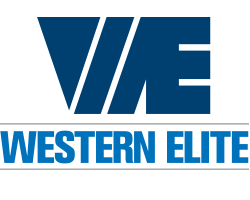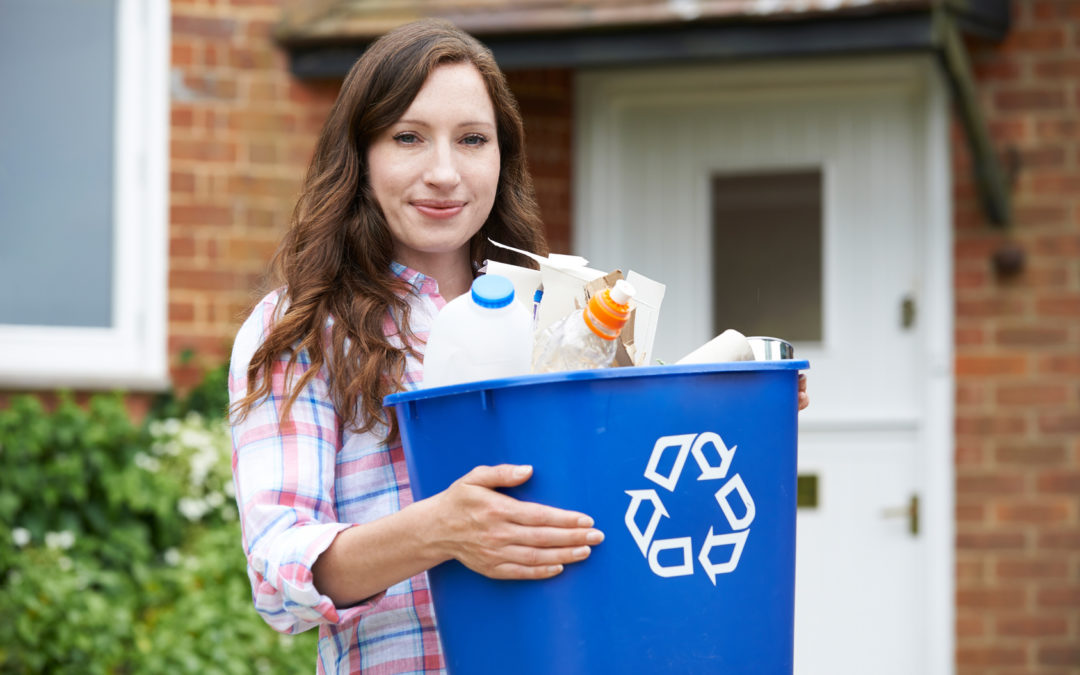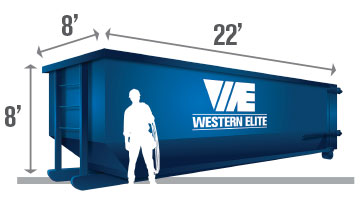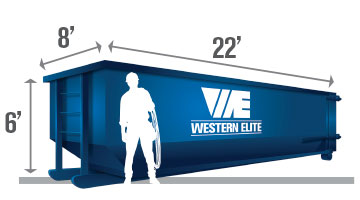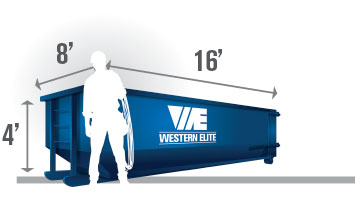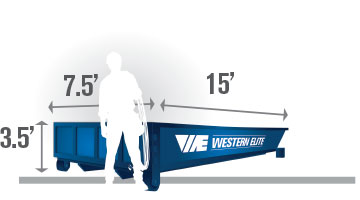We put a big emphasis on recycling materials when they’re collected by our Western Elite dumpsters, but what’s the process like? If you missed the Sesame Street episode on recycling centers, we have the inside scoop on how stuff like cardboard, metal, and glass are recycled.
Divide and Conquer
At Western Elite, we sort through all waste that’s collected in our Las Vegas & Henderson dumpster rentals. This allows us to identify recyclable materials and remove them for recycling. If cardboard is not separated from other trash, such as construction debris or food waste, it is considered contaminated and cannot be processed at a facility. Instead, it will end up in a landfill. The same goes for other waste products; they must be divided up to be properly recycled.
How Cardboard is Recycled
While the process for recycling cardboard is similar to that of recycling copy paper or newsprint, it does have to be done separately. Additionally, cardboard that has remnants of food waste on it cannot be recycled (we’re looking at you, pizza boxes!).
- Cardboard is baled
- Bales are sent to a mill for recycling
- Bales are shredded
- Shredded cardboard is put through a pulping machine to break it down into fiber
- Tape and ink is removed from the fibrous material
- Fibers are rolled and dried
After the cardboard fiber has dried, it’s ready to be made into new products. Cardboard can be recycled up to seven times before its quality is affected. Side note: over 50% of corrugated cardboard becomes new cardboard after recycling.
How Metal is Recycled
We see metal discarded into our dumpsters, much of which can be recycled. Many curbside bins accept aluminum or steel for recycling, and most of the metal ends up in a scrap yard together.
STEPS FOR RECYCLING METAL
- Metals are separated by type (aluminum, brass, copper, lead, nickel, stainless steel, tin, and zinc)
- Scrap metal is sorted from non-mixed metals, either manually or with magnets and sensors
- Metals are shredded or crushed and compacted
- Sorted metals are melted
- Melted metals are purified, usually via electrolysis
- Metal is cooled into bars or sheets
Once the metal sheets are created, the product is ready for its next life. Unfortunately, only about 34% of metal is recycled even though the recycling process consumes fewer resources than the process of mining and refining raw materials. And since many metals can be recycled endlessly, it makes sense to put forth the effort to do so.
How Glass is Recycled
Did you know glass is one of the less picky materials when it comes to recycling? It’s 100% recyclable, and it doesn’t lose quality through the process. This means glass can be recycled over and over again without compromising it. Despite this, glass recycling rates sit around 31%, which could be better.
STEPS FOR RECYCLING GLASS
- Glass is inspected for contaminants (ceramics, Pyrex, light bulbs, window panes, mirrors) which are removed
- Glass is inspected for hazardous materials
- Glass is sorted to separate clear from colored (each has its recycling process)
- Glass is crushed
- Crushed glass is sorted into ⅜” and ¾” pieces via a trommel (more waste material is also removed during this process)
- Glass pieces are dried and heated to 190 degrees (helps remove labels and glue)
- Glass is pulverized to make it into smaller, cullet pieces
Cullet is classified into pebble, sand, and powder categories, which can be used for new products. Cullet in its “dry” form can be mixed with other materials to make fiberglass insulation or ceramic tiles. Or, cullet can be heated so it can be poured into molds for new containers.
How Plastic is Recycled
Like cardboard and metal, plastic can be a bit more tricky to recycle. But, with proper prep and sorting, it’s a process that benefits the environment. There are many different types of plastic, and some can be recycled in your curbside bin, while others cannot.
TYPES OF PLASTIC
- PETE/PET – Polyethylene Terephthalate
- HDPE – High-Density Polyethylene
- PVC – Polyvinyl Chloride
- LDPE – Low-Density Polyethylene
- PP – Polypropylene
- PS – Polystyrene
- “OTHER”
STEPS FOR RECYCLING PLASTIC
- Plastic is sorted (by color, thickness, and/or aforementioned number)
- Plastic is washed
- Washed plastic is shredded into tiny pieces
- Magnets are used to remove any remaining metal from shredded plastic pieces
- Shredded plastic is tested for class/quality
- Shredded plastic is melted and crushed to form pellets
Plastic pellets can now be used in combination with other materials to create new products. Additionally, after the initial shredding stage, plastic can be distributed as a raw material. Recycled plastic can be reused up to three times before it loses too much quality, which is why it’s important to make the shift to more sustainable products in our daily lives.
In the category of construction and demolition waste, we accept these products in our Las Vegas & Henderson dumpster rentals, and we do our best to sort all materials eligible for recycling. If you have questions about what we DON’T accept in our dumpster, check out the list and video HERE on our website. To rent a dumpster in Las Vegas, Henderson, and surrounding areas, get in touch with Western Elite today.
